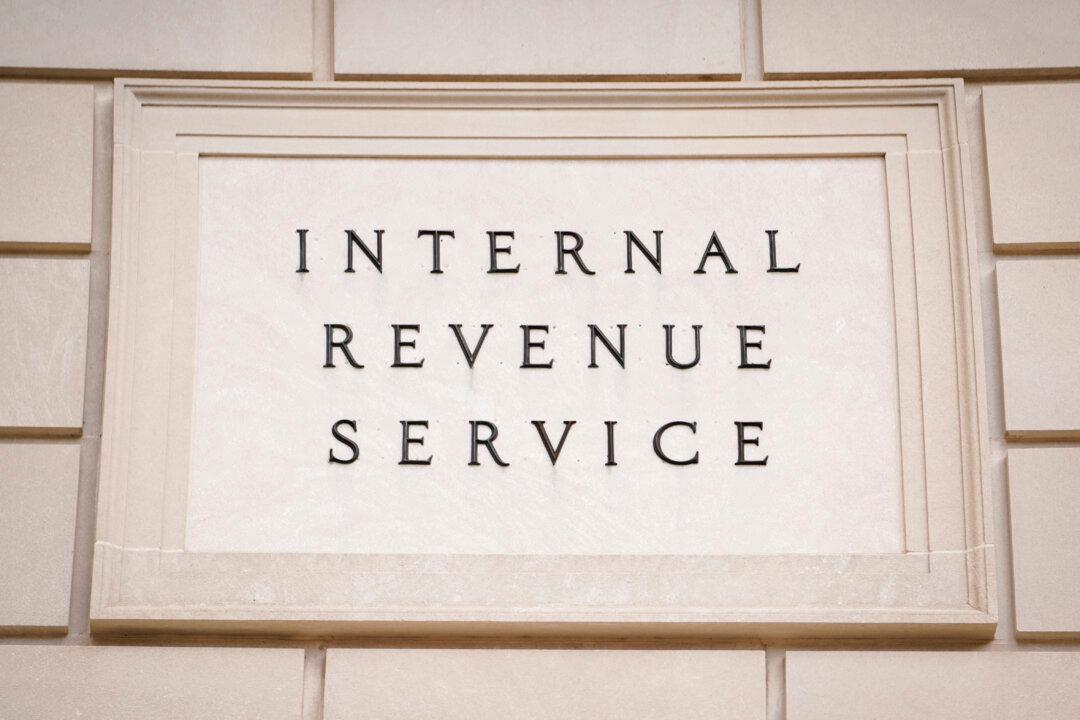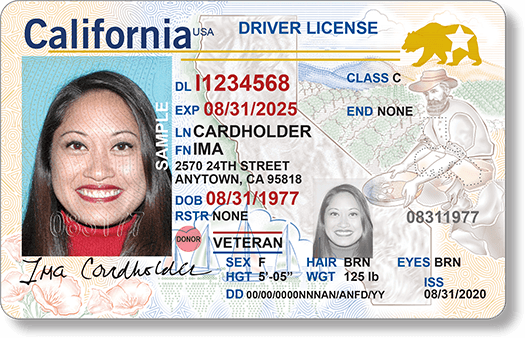The IRS issued guidance on Aug. 19 detailing how employers can contribute to the retirement accounts of employees who make student debt payments.
Secure Act 2.0 is legislation that was passed in 2022 that helped employees with student debts save up for retirement. Employees paying off student loans may not be able to contribute to their retirement accounts while also missing out on matching contributions offered by their employers toward retirement savings.





